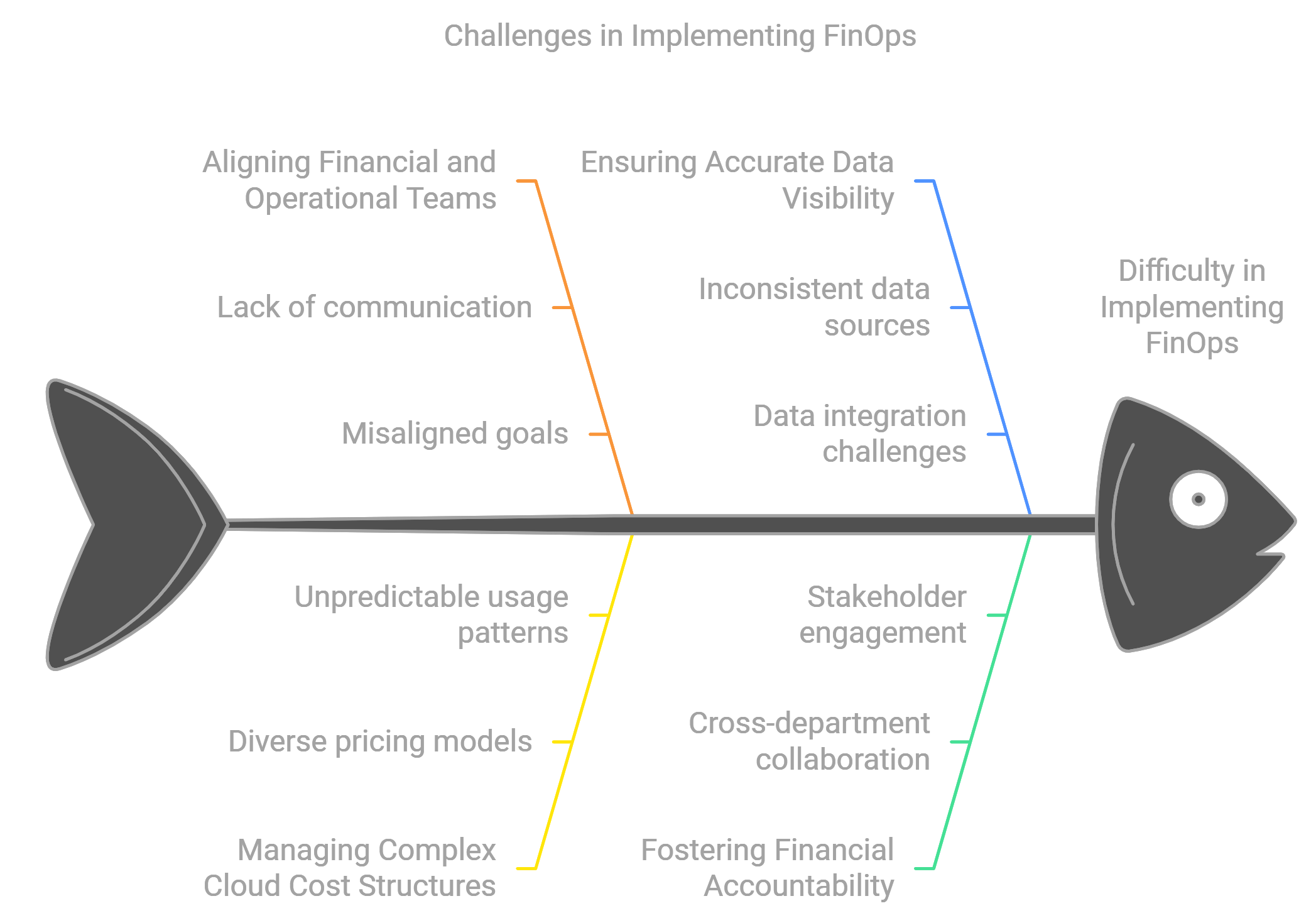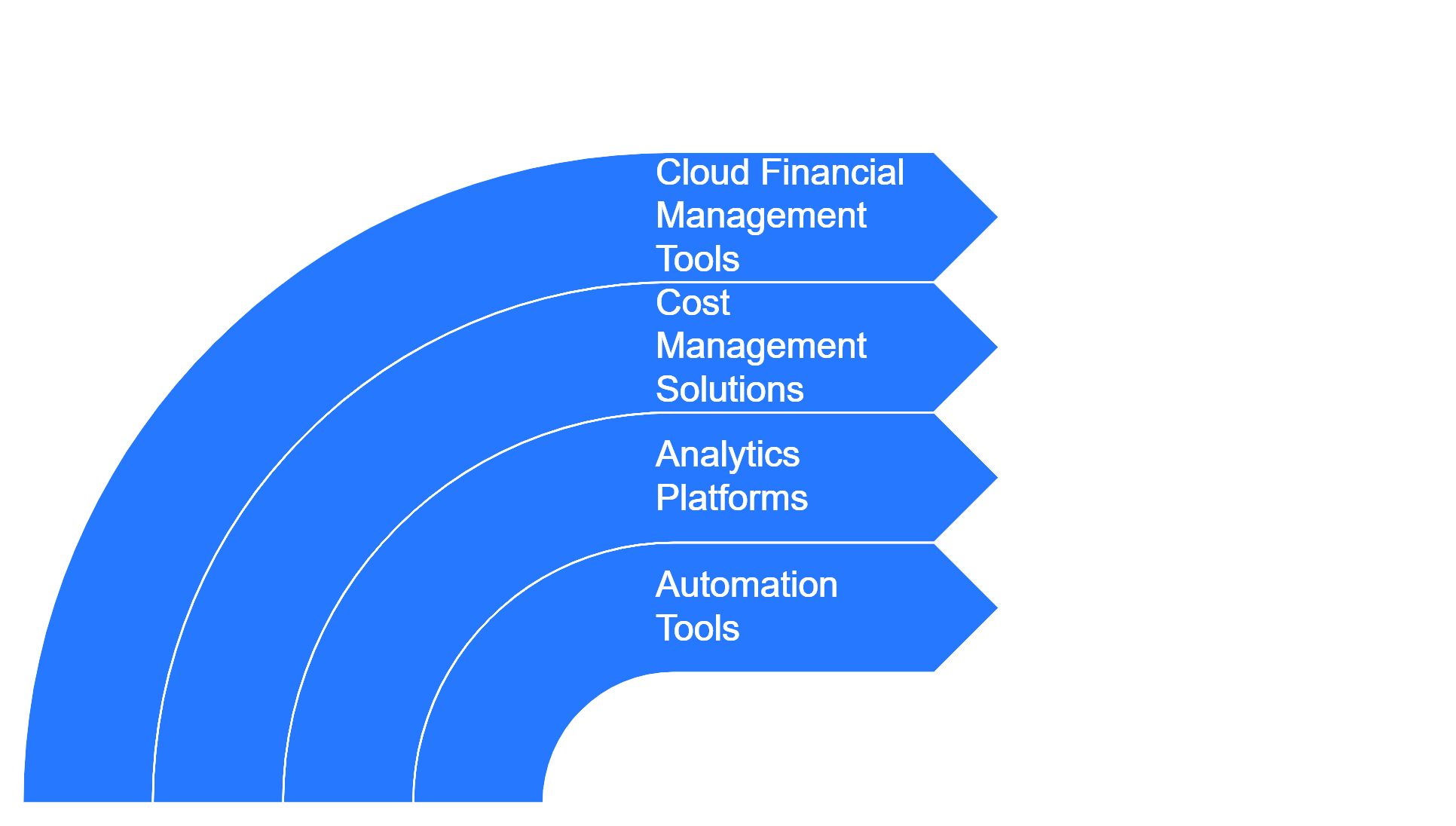How to Implement FinOps Successfully
 Piyush T Shah
Piyush T ShahTable of contents
- Understanding FinOps
- Best Practices for Implementing FinOps
- 1. Establish a Cross-Functional FinOps Team
- 2. Define Clear Goals and Metrics
- 3. Implement Cloud Cost Allocation Strategies
- 4. Utilize Budgeting and Forecasting Tools
- 5. Automate Cost Optimization Processes
- 6. Leverage Reporting and Analytics
- 7. Foster a Culture of Collaboration
- 8. Continuous Training and Education
- 9. Regularly Review and Adjust Policies
- Challenges in Implementing FinOps
- FinOps vs. Traditional Cloud Cost Management
- The Most Innovative FinOps Tools Emerging in 2024
- Conclusion
- Citations
Managing cloud costs effectively has become a critical concern for everyone. Financial Operations, or FinOps, is a practice that combines finance, engineering, and operations to optimize cloud spending. To do this successfully requires a strategic approach that aligns teams, processes, and tools. In this comprehensive guide, I will outline best practices for implementing FinOps in 2024, providing actionable insights, example code snippets, and comparison tables to help you navigate this essential aspect of cloud financial management.
Understanding FinOps

FinOps is an ongoing operations practice that promotes collab between finance and engineering teams to manage cloud costs. The primary goals of FinOps include:
Visibility: Providing transparency into cloud spending across the organization.
Optimization: Identifying opportunities to reduce costs while maintaining performance.
Collaboration: Fostering a culture of shared responsibility for cloud financial management.
Key Components of FinOps
Before diving into best practices, it’s essential to understand the key components of a successful FinOps implementation:
Cloud Cost Allocation: Assigning costs to specific teams or projects for accountability.
Budgeting and Forecasting: Setting budgets based on historical data and forecasting future spending.
Cost Optimization: Continuously analyzing usage patterns to identify savings opportunities.
Reporting and Analytics: Using data analytics to provide insights into spending trends and anomalies.
Best Practices for Implementing FinOps

1. Establish a Cross-Functional FinOps Team
Creating a dedicated FinOps team that includes members from finance, engineering, and operations is crucial for success. This team should be responsible for setting policies, monitoring spending, and driving optimization initiatives.
Key Roles in a FinOps Team:
FinOps Lead: Oversees the implementation and strategy.
Cloud Financial Analyst: Analyzes spending data and provides insights.
DevOps Engineer: Implements automation for cost management.
Finance Representative: Ensures alignment with financial goals.
2. Define Clear Goals and Metrics
Establish specific goals for your FinOps initiative and define metrics to measure success. Common metrics include:
| Metric | Description |
| Cloud Spend per Team | Total cloud spend allocated to each team |
| Cost Savings Achieved | Amount saved through optimization efforts |
| Budget Variance | Difference between budgeted and actual spending |
| Resource Utilization Rate | Percentage of utilized versus provisioned resources |
3. Implement Cloud Cost Allocation Strategies
To foster accountability, implement strategies for allocating cloud costs to specific teams or projects. This can be done using tagging in cloud environments.
Example Code Snippet (AWS Tags):
# Example AWS CLI command to tag an EC2 instance
aws ec2 create-tags --resources i-1234567890abcdef0 \
--tags Key=Owner,Value=DevTeam Key=Project,Value=FinOps
4. Utilize Budgeting and Forecasting Tools
Implement budgeting tools that allow teams to set budgets based on historical data and forecast future spending accurately. Tools like CloudHealth, CloudCheckr, or native cloud provider tools can assist in this process.
| Tool | Features | Pricing Model |
| CloudHealth | Cost allocation, budgeting, forecasting | Contact sales for pricing |
| CloudCheckr | Reporting, cost optimization | Free trial; paid plans |
| AWS Budgets | Alerts on budget thresholds | Free with AWS account |
5. Automate Cost Optimization Processes
Leverage automation tools to continuously monitor usage patterns and identify opportunities for cost savings. Automation can help eliminate unused resources or rightsizing instances based on usage.
Example Code Snippet (AWS Lambda for Automation):
import boto3
def lambda_handler(event, context):
ec2 = boto3.client('ec2')
# List all EC2 instances
instances = ec2.describe_instances()
# Logic to identify unused instances
for reservation in instances['Reservations']:
for instance in reservation['Instances']:
if instance['State']['Name'] == 'stopped':
print(f"Stopping unused instance: {instance['InstanceId']}")
ec2.start_instances(InstanceIds=[instance['InstanceId']])
6. Leverage Reporting and Analytics
Utilize reporting tools to gain insights into spending trends and anomalies. Regular reporting can help identify issues before they escalate.
| Tool | Reporting Features | Integration Capabilities |
| Tableau | Advanced data visualization | Integrates with various data sources |
| Looker | Custom dashboards | Integrates with Google Cloud services |
| AWS Cost Explorer | Detailed cost analysis | Native AWS integration |
7. Foster a Culture of Collaboration
Building a culture of collaboration between finance and engineering teams is essential for successful FinOps implementation. Regular meetings between stakeholders can facilitate communication and ensure alignment on financial goals.
8. Continuous Training and Education
Provide ongoing training for team members on cloud cost management best practices and the tools you are using. This will empower them to make informed decisions regarding resource usage.
9. Regularly Review and Adjust Policies
FinOps is not a one-time effort; it requires continuous improvement. Regularly review your policies and processes to adapt to changing business needs or new technologies.
Challenges in Implementing FinOps

While implementing FinOps can yield significant benefits, organizations may face several challenges:
Resistance to Change: Teams may be resistant to adopting new processes or tools.
Data Silos: Lack of access to relevant financial data can hinder decision-making.
Complexity of Cloud Environments: As organizations scale their cloud usage, managing costs can become increasingly complex.
FinOps vs. Traditional Cloud Cost Management
As organizations increasingly migrate their operations to the cloud, managing costs effectively has become a critical concern. Traditional cloud cost management approaches often fall short in addressing the complexities and dynamic nature of cloud environments. Enter FinOps—Financial Operations—a practice that integrates finance, engineering, and operations to optimize cloud spending. In this comprehensive guide, I will explore the key differences between FinOps and traditional cloud cost management, highlighting the benefits of adopting a FinOps approach.
Understanding Traditional Cloud Cost Management
Traditional cloud cost management typically involves budgeting, forecasting, and reporting on cloud expenses. It often relies on manual processes and siloed teams, leading to challenges such as lack of visibility, accountability issues, and delayed decision-making.
Key Characteristics of Traditional Cloud Cost Management
Siloed Approach: Finance, engineering, and operations teams often work independently, leading to misalignment on financial goals.
Reactive Management: Cost management is typically reactive, addressing issues only after they arise rather than proactively optimizing spending.
Limited Visibility: Organizations may struggle to gain real-time insights into cloud spending across different departments or projects.
Manual Processes: Reporting and analysis are often done manually, which can be time-consuming and prone to errors.
Key Differences Between FinOps and Traditional Cloud Cost Management
To understand the advantages of adopting a FinOps approach, let’s compare it with traditional cloud cost management across several dimensions:
| Aspect | Traditional Cloud Cost Management | FinOps |
| Approach | Siloed | Collaborative |
| Management Style | Reactive | Proactive |
| Visibility | Limited | Real-time |
| Cost Allocation | Generalized | Granular (team/project-specific) |
| Tools Used | Basic spreadsheets & reports | Advanced analytics & automation tools |
| Culture | Finance-driven | Shared responsibility across teams |
The Most Innovative FinOps Tools Emerging in 2024

As organizations continue to embrace cloud computing, the need for effective financial management of cloud resources has never been more critical. Financial Operations (FinOps) is evolving, and with it, a new wave of innovative tools designed to optimize cloud spending is emerging. In 2024, several FinOps tools stand out for their unique features, capabilities, and contributions to cloud financial management. This article explores the most innovative FinOps tools that are making waves this year.
1. Finout
Finout is an enterprise-grade FinOps solution that provides complete visibility into cloud costs across various platforms, including AWS, GCP, Azure, and Kubernetes. Its unique MegaBill feature offers a holistic observability layer that allows organizations to manage and allocate their cloud spending accurately.
Key Features:
Instant Virtual Tagging: Allocates 100% of enterprise cloud spend without needing additional code or agents.
Cost Reduction: Customers report an average cost reduction of 30% year-over-year.
Transparent Pricing: Fixed pricing with no savings fees.
Use Case: Ideal for organizations looking for a comprehensive solution to manage multi-cloud environments efficiently.
| Feature | Description |
| Visibility | Complete visibility across all cloud services |
| Cost Allocation | Virtual tagging for accurate cost distribution |
| Customer Base | Lyft, New York Times, Choice Hotels |
2. Cloudability
Apptio Cloudability is a certified FinOps platform that promotes collaboration between IT, finance, and DevOps teams. It focuses on optimizing cloud usage while enhancing service delivery and reducing costs.
Key Features:
Cost Optimization Strategies: Provides insights into reservation and commitment-based discounts.
Integration Capabilities: Native integrations with Atlassian Jira and Datadog.
Use Case: Best suited for large enterprises that require a robust platform to implement a FinOps culture.
| Feature | Description |
| Collaboration Tools | Facilitates communication between teams |
| Professional Services | Offers strategic guidance for implementing FinOps |
| Pricing Structure | Based on cloud usage |
3. ProsperOps
ProsperOps leverages advanced automation and machine learning to optimize AWS costs, particularly focusing on Reserved Instances (RIs) and Savings Plans.
Key Features:
Automated Savings Recommendations: Continuously analyzes usage patterns to provide savings suggestions.
Real-Time Cost Visibility: Offers insights into current spending without manual intervention.
Use Case: Ideal for businesses heavily invested in AWS looking for automated solutions to manage RIs effectively.
| Feature | Description |
| Automation Focus | Automated management of RIs and Savings Plans |
| Integration Support | Seamless integration with AWS |
| Pricing Model | $0.35 per dollar saved on optimized RIs |
4. Densify
Densify uses machine learning to automate the optimization of cloud resources across various environments, including Google Cloud and IBM Cloud.
Key Features:
Resource Optimization: Identifies opportunities for optimization and prevents overprovisioning.
Hybrid Cloud Support: Works seamlessly with hybrid and multi-cloud setups.
Use Case: Suitable for organizations managing complex cloud environments that require intelligent resource allocation.
| Feature | Description |
| Machine Learning Capabilities | Automates resource optimization |
| Compatibility | Supports multiple cloud providers |
| Pricing Model | Custom pricing based on usage |
5. Harness
Harness offers a comprehensive suite for continuous delivery and cost management tailored to DevOps teams. It emphasizes intelligent automation to optimize cloud costs throughout the software delivery pipeline.
Key Features:
Proactive Monitoring and Reporting: Identifies unused instances and provides actionable insights.
Cost Rules Implementation: Allows teams to establish rules for cost management based on usage patterns.
Use Case: Best for development teams looking to integrate cost management directly into their CI/CD processes.
| Feature | Description |
| Monitoring Tools | Real-time monitoring of resource utilization |
| Automation Features | Automates cost-saving recommendations |
| Pricing Structure | Tiered pricing based on usage |
6. Cast.AI
Cast.AI provides automated optimization solutions specifically designed for Kubernetes environments. It focuses on reducing costs through intelligent resource allocation and scaling.
Key Features:
Kubernetes Optimization: Automatically adjusts resources based on actual usage.
Multi-cloud Support: Works across different cloud providers seamlessly.
Use Case:** Ideal for organizations using Kubernetes who want to optimize their resource usage dynamically.
| Feature | Description |
| Kubernetes Focused Optimization | Tailored specifically for Kubernetes environments |
| **Multi-cloud Compatibility | Works across various cloud providers |
Conclusion
Successfully implementing FinOps requires a combo of cross-functional collaboration, clear goals, effective tools, and continuous improvement. By following these best practices—establishing a dedicated team, defining metrics, automating processes, leveraging reporting tools, fostering collaboration, providing training, and regularly reviewing policies—organizations can optimize their cloud spending while maintaining agility in their operations.
As we move further into 2024 (and starting 2025), embracing FinOps principles will be crucial for organizations looking to navigate the complexities of cloud financial management effectively. By cultivating a culture of shared responsibility for cloud costs across teams, businesses can ensure they maximize the value of their cloud investments while minimizing waste.
This comprehensive guide outlines actionable steps that organizations can take to implement FinOps successfully in 2024 while providing technical insights through code snippets and comparison tables tailored for DevOps architects, engineers, and cloud professionals.
Citations
[1] https://www.finout.io/blog/finops-tools-guide [2] https://appicsoftwares.com/blog/best-finops-tools/ [3] https://www.techtarget.com/searchcloudcomputing/tip/What-are-FinOps-tools-and-how-do-I-choose-one [4] https://mobizinc.com/finops-tools/ [5] https://www.lucidity.cloud/blog/finops-solutions [6] https://www.cloudzero.com/blog/finops-tools/ [7] https://www.gsdcouncil.org/blogs/top-finops-tools [8] https://www.nops.io/blog/best-finops-tools/
Subscribe to my newsletter
Read articles from Piyush T Shah directly inside your inbox. Subscribe to the newsletter, and don't miss out.
Written by
